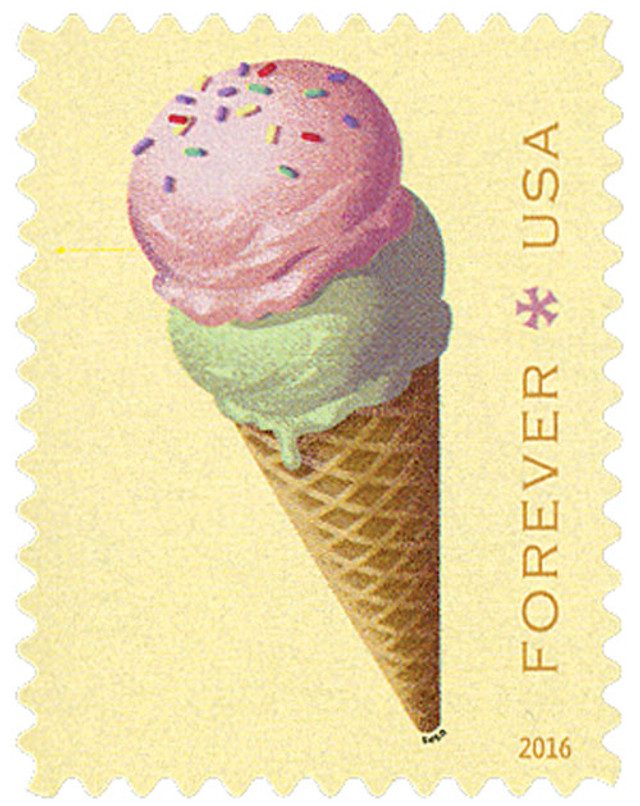On November 3, 1879, Arctic explorer Vilhjalmur Stefansson was born in Manitoba, Canada. Over the course of his life, he became one of the most influential and controversial figures in Arctic exploration—celebrated for his discoveries and criticized for the tragic misfortunes that accompanied some of his expeditions.
Stefansson’s parents had emigrated from Iceland to Manitoba two years before his birth, part of a wave of Icelandic settlers seeking new opportunities in North America. Tragedy struck early in his life when severe flooding took the lives of two of his siblings. In 1880, the family moved south to North Dakota, where they started anew on the prairie.

Stefansson showed an early interest in learning and adventure. He attended the University of North Dakota and later transferred to the University of Iowa, where he completed his undergraduate studies. His curiosity about people and distant places led him to pursue graduate studies in anthropology at Harvard University, where he later taught for two years. His fieldwork began in 1904, when he traveled to Iceland to conduct archaeological research on early Norse settlements.

Two years later, Stefansson joined the Anglo-American Polar Expedition of 1906–1907, marking the beginning of his long association with Arctic exploration. During this journey, he lived among the Inuit of the Mackenzie Delta, learning their language and studying their way of life. His close observation and respect for Indigenous survival techniques—particularly hunting and adapting to the extreme Arctic climate—would deeply influence his later work.
From 1908 to 1912, Stefansson took part in a major survey of the central Arctic coast of North America on behalf of the American Museum of Natural History. His anthropological background and skill as a field researcher made him valuable not only for mapping unknown territory but also for documenting the lives and customs of northern peoples.
In 1913, Stefansson organized and led the Canadian Arctic Expedition, a major exploration effort sponsored by the Canadian government. The expedition, which lasted until 1916, set out to explore and map the regions west of the Parry Archipelago. Three ships were used, but disaster struck early on. One of them, the Karluk, became trapped in thick Arctic ice in August 1913.
Stefansson and a small party had left the ship to hunt for food, as supplies aboard were running low. While they were away, the Karluk drifted with the ice and eventually was crushed and sunk. The ship’s crew and passengers were stranded hundreds of miles from safety; eleven of the twenty-five aboard died before rescue teams could reach them months later. Though Stefansson had not been on the ship when it sank, some critics accused him of negligence for leaving the vessel, a controversy that followed him for years.
Despite this, Stefansson continued his Arctic work. In 1921, he planned another venture—the Wrangel Island Expedition, north of Siberia. Hoping to colonize the remote island and claim it for Britain, he sent four young men and one Inuit woman to settle there. Poorly equipped and unprepared for the harsh environment, the group perished within a year. Because Wrangel Island was already considered Russian territory, the incident caused an international diplomatic dispute and further damaged Stefansson’s reputation.
Nevertheless, his scientific contributions were substantial. Stefansson discovered several new islands, including Brock, Mackenzie King, Borden, Meighen, and Lougheed Islands, and located the edge of the continental shelf in the Arctic Ocean. He also rediscovered a lost cache of supplies from explorer Francis Leopold McClintock’s 1853 expedition to Melville Island. In recognition of his work, the Royal Geographical Society awarded him its Founder’s Gold Medal in 1921.
Later in life, Stefansson remained active in research and education. He became director of polar studies at Dartmouth College, where he trained a new generation of Arctic scientists and explorers. He also helped establish the US Army’s Cold Regions Research and Engineering Laboratory, which contributed to military and environmental understanding of polar climates during the Cold War era.
Over his career, Stefansson served as president of the Explorers Club, was active in the American Polar Society, and led the History of Science Society. Though his expeditions were often marked by controversy, his writings and discoveries reshaped Western understanding of the Arctic—not as a frozen wasteland, but as a region where people could live, adapt, and even thrive.
Vilhjalmur Stefansson died on August 26, 1962, at the age of 82. Today, he is remembered both for his daring spirit and for his belief that the Arctic was not an empty frontier but a vital, living world worthy of study and respect.
| FREE printable This Day in History album pages Download a PDF of today’s article. Get a binder or other supplies to create your This Day in History album. |
Discover what else happened on This Day in History.





Thank you. Never heard of him. He never gave up
I never heard of him either. Quite a life with many ups and downs. Fascinating.